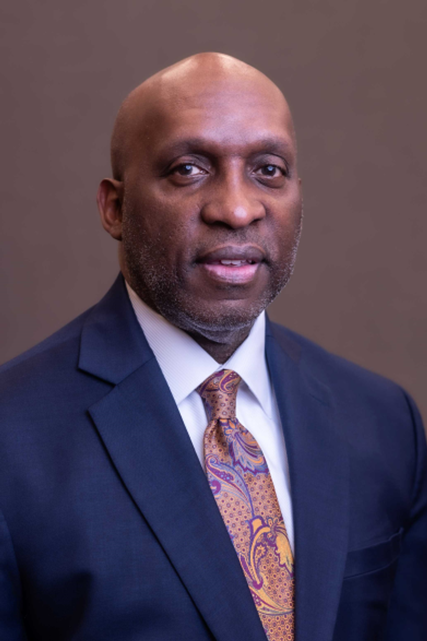A new action plan could be bold enough to end homelessness in Austin, said Ann Howard, executive director of the Ending Community Homelessness Coalition (ECHO).
On April 26, Austin City Council endorsed “Austin’s Action Plan to End Homelessness,” created by ECHO and community stakeholders. The plan calls for additional funding — “beyond the estimated $30 million in current annual investments from local, state and federal entities” — to eradicate homelessness in Austin and Travis County by 2020 and maintain zero homelessness in the years following. The decision came after it was announced the city experienced a 5 percent increase in homelessness in 2018.
“Austin has got to get ahead of this before we start seeing more tents or more campsites,” Howard said. “I think the way we get ahead of it is by addressing the existing need and (putting) processes in place so that when somebody becomes homeless they can easily get back into housing.”
The plan includes five elements: outreach and shelter, housing and support services, addressing disparities, effective system response and community commitment.
Howard said this action plan differs from a similar proposal released by ECHO in January 2010. ECHO currently has more programs and partnerships in place to curtail different areas of homelessness, making the current plan stronger than the one from 2010, Howard said.
“What we have right now is the last five years of success of creating a system that can end homelessness,” Howard said. “We have a system that gets veterans off the streets, a system that was successful with the 100 Day Challenge to End Youth Homelessness … and a referral system (for) the agencies that can actually help (people) get into housing. It’s just not big enough to be impactful to the scale we need it to be.”
Kathie Tovo, Mayor Pro Tem and District 9 council member, said the new plan will help to guide the city’s investments, but ultimately not all funding will come strictly from city government.
“All of that funding cannot come from the city of Austin or our other public partners like Travis County, but together as a community that’s what it will take to end homelessness in this city,” Tovo said. “We need private investment, (and) we need continued nonprofit investment.”
UT is partly located within District 9, which happens to be the where the largest number of individuals who experience homelessness live, according to ECHO.
Milla Lubis, social work and psychology senior, said she did not notice how prevalent homelessness in Austin was until she became a student at UT. Lubis said she thinks there are possible solutions to solve the issue.
“I feel having more options for public housing that (are) long term might be a way to end homelessness in Austin that people should be paying attention to,” Lubis said.
As of now, Howard said the systems are in place to help address homelessness in Austin, but it is the additional funding that’s necessary to expand the resources utilized to fight homelessness and therefore decrease it.
“We’re at a moment in time where we have a lot of political will and also just great community need.” Howard said. “There’s a lot of work to be done, but as a community we have so much to gain if we could relieve some of the human suffering that’s going on.”





















